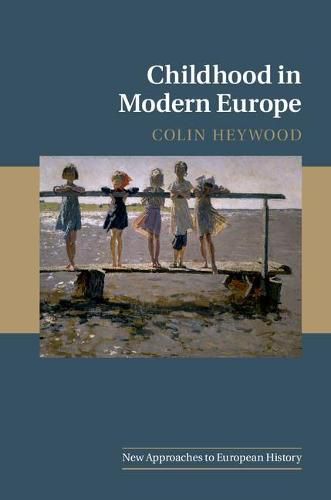Readings Newsletter
Become a Readings Member to make your shopping experience even easier.
Sign in or sign up for free!
You’re not far away from qualifying for FREE standard shipping within Australia
You’ve qualified for FREE standard shipping within Australia
The cart is loading…






This invaluable introduction to the history of childhood in both Western and Eastern Europe between c.1700 and 2000 seeks to give a voice to children as well as adults, wherever possible. The work is divided into three parts, covering in turn, childhood in rural village societies during the eighteenth and nineteenth centuries; in the towns during the Industrial Revolution period (c.1750-1870); and in society generally during the late-nineteenth and twentieth centuries. Each part has a succinct introduction to a number of key topics, such as conceptions of childhood; infant and child mortality; the material conditions of children; their cultural life; the welfare facilities available to them from charities and the state; and the balance of work and schooling. Combining a chronological with a thematic approach, this book will be of particular interest to students and academics in a number of disciplines, including history, sociology, anthropology, geography, literature and education.
$9.00 standard shipping within Australia
FREE standard shipping within Australia for orders over $100.00
Express & International shipping calculated at checkout
This invaluable introduction to the history of childhood in both Western and Eastern Europe between c.1700 and 2000 seeks to give a voice to children as well as adults, wherever possible. The work is divided into three parts, covering in turn, childhood in rural village societies during the eighteenth and nineteenth centuries; in the towns during the Industrial Revolution period (c.1750-1870); and in society generally during the late-nineteenth and twentieth centuries. Each part has a succinct introduction to a number of key topics, such as conceptions of childhood; infant and child mortality; the material conditions of children; their cultural life; the welfare facilities available to them from charities and the state; and the balance of work and schooling. Combining a chronological with a thematic approach, this book will be of particular interest to students and academics in a number of disciplines, including history, sociology, anthropology, geography, literature and education.